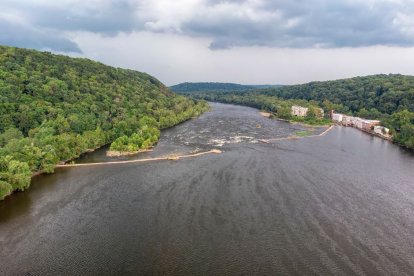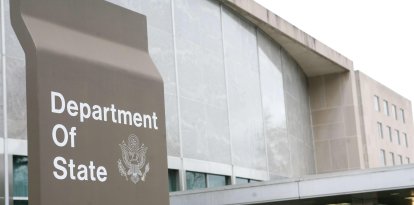Toxic spill in the Delaware River causes alert in Philadelphia
Tap water will be available for consumption this Monday, officials said. More than 8,000 gallons of latex emulsion were spilled.

Delaware River. Stock image / Wikimedia Commons
The city of Philadelphia reassured residents that water would be safe to consume following Friday night's toxic latex spill into the Delaware River in Bristol Township, Pa., located in Bucks County. Although the public was initially urged not to consume tap water, authorities confirmed it would be safe, at least on Monday.
"The water that is currently available to customers has been treated and tested to confirm that it is safe to drink and use for bathing, cooking, and washing," they said in a statement. They also specified that only the Baxter Water Treatment Plant, located northeast of Philadelphia, would be affected, sparing the city's other two water treatment plants.
The spill caused alarm among citizens, many of whom went to grocery stores to buy bottled water in case tap water consumption was banned. Separately, officials said that living creatures in the Delaware River have not been affected so far.
Over 8,000 gallons of latex emulsion spilled
In total, more than 8,000 gallons of chemicals were dumped. Philadelphia's authorities continue to test the Delaware River and the municipal water. In the initial analyses, traces of butyl acrylate, ethyl acrylate and methyl methacrylate were found. Investigations indicate that the toxic spill was caused by a machinery failure at a Trinseo PLC factory.
"Altuglas LLC is working with local, state and federal agencies to clean up the release of a latex emulsion product from its manufacturing facility in Bristol, PA. The release, which occurred Friday evening, March 24, appears to be the result of an equipment failure. Some of the material overflowed the on-site containment system and entered a storm drain, where it flowed to Otter Creek and then to the Delaware River," the company said in a statement.
Trinseo PLC explained that latex emulsion is "is a white liquid that is used in various consumer goods. Its pigmentation makes the water-soluble material visible in surface water." The company added that it is working closely with local, state and federal agencies.
RECOMMENDATION





















